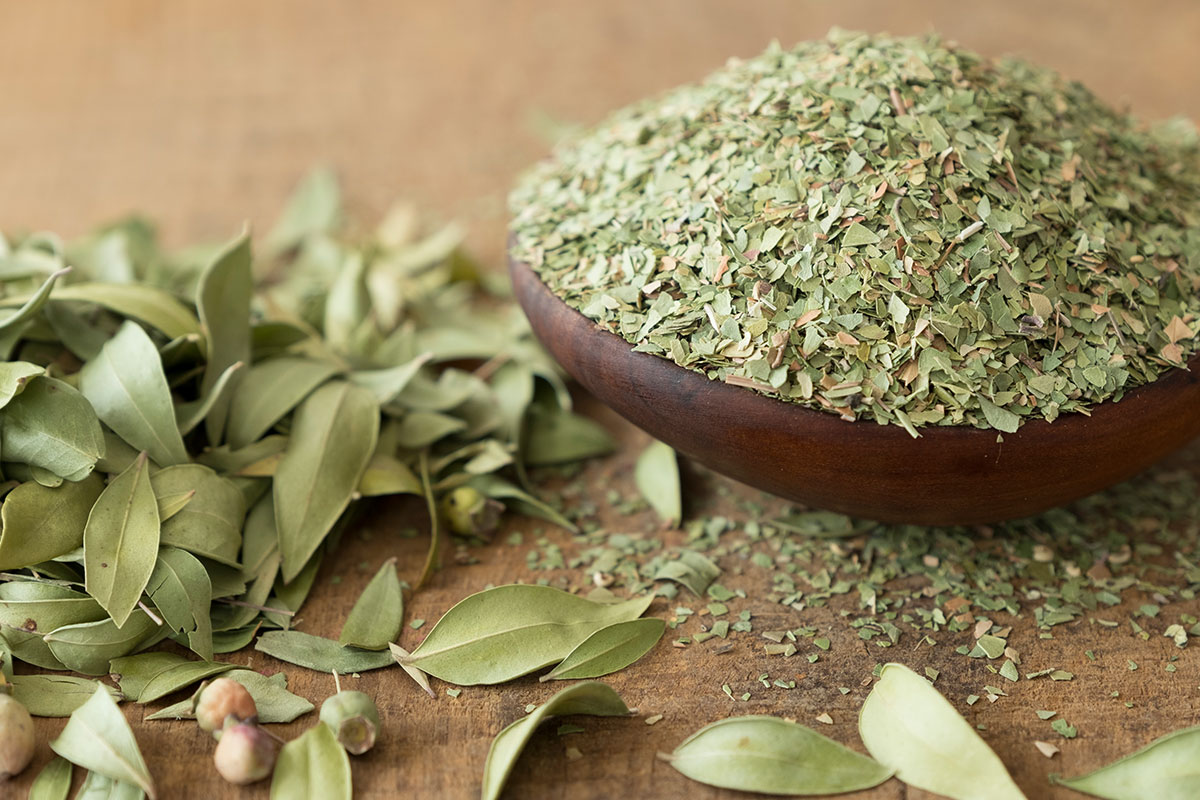7 Surprising Insights About Myrtle and Its Deep Roots in Turkish Agriculture
Myrtle is more than just a plant—it is a symbol of tradition, resilience, and biodiversity. Found in coastal regions with a Mediterranean climate, myrtle has long played an important role in both cultural and economic life. In recent decades, Turkey has become one of the world’s foremost producers and exporters of myrtle, thanks to its unique climate, rich biodiversity, and sustainable harvesting methods.
While often overlooked in global markets, myrtle is gaining renewed attention due to its natural aroma, adaptability, and role in regional economies. In this article, we’ll uncover seven surprising insights about myrtle—especially focusing on Turkey’s significant contribution to its production and conservation.
1. Turkey Is One of the World’s Largest Wild Myrtle Producers
One of the lesser-known facts about myrtle is that it grows abundantly in the wild. In Turkey, particularly in the Aegean and Mediterranean regions, myrtle bushes flourish naturally on hillsides and in forested coastal zones. Provinces such as Mersin, Antalya, and Muğla are especially known for their vast populations of wild myrtle.
Because of its abundance in the wild, Turkey does not rely solely on cultivated fields. Instead, much of the country’s myrtle is collected sustainably by rural communities, preserving the environment and supporting biodiversity.
2. Myrtle Plays a Vital Role in Turkey’s Biodiversity
Myrtle is a native plant to the Mediterranean basin, and in Turkey, it contributes significantly to the ecological balance of many forest areas. It helps prevent erosion, provides habitat for wildlife, and promotes soil health. Its evergreen leaves and small white flowers are well-adapted to hot, dry summers and mild winters—making it a resilient part of Turkey’s native flora.
This environmental role makes myrtle a key element in many regional reforestation and land conservation programs.
3. Traditional Harvesting Methods Are Still Used
In Turkey, myrtle is largely harvested by hand, a practice that has been passed down through generations. Local villagers, especially women, take part in this seasonal work, collecting myrtle leaves and berries without damaging the plant. This careful, low-impact approach ensures that the plant continues to grow and regenerate year after year.
After harvesting, the plant material is dried naturally, often in shaded outdoor spaces that preserve the leaves’ color and fragrance. These traditional techniques result in a product that is highly valued both domestically and internationally.
4. Myrtle Supports Local Economies and Cooperatives
In regions where few industrial jobs exist, myrtle harvesting offers a reliable source of seasonal income. Rural cooperatives often manage the collection and drying processes, creating jobs and encouraging local entrepreneurship. In many cases, families participate together in harvesting and sorting activities, turning it into a community-centered activity.
By integrating local knowledge and sustainable practices, Turkey’s myrtle economy supports not only the environment but also the people who live closest to it.
5. The Plant Has Historical Significance in Turkish Culture
Myrtle holds a special place in Turkish history and tradition. Used in folk rituals, home decorations, and various artisan crafts, it has been a part of cultural life for centuries. In some regions, myrtle is associated with celebration and seasonal ceremonies, where its leaves and branches are used for symbolic purposes.
This cultural dimension gives the plant added value and further justifies the efforts to protect and sustainably manage its wild populations.
6. Turkish Myrtle Is Exported Across Multiple Markets
The global demand for naturally sourced botanicals has contributed to the increasing popularity of Turkish myrtle in international markets. Its rich aroma, dense foliage, and consistent quality make it an attractive option for buyers looking for ethically sourced plant materials.
Whether used in fragrance-related industries or traditional artisan work, Turkish myrtle is gaining recognition for its authenticity and sustainability.
7. Climate Conditions in Turkey Are Perfect for Myrtle Growth
Turkey’s diverse topography and favorable Mediterranean climate make it one of the best environments for myrtle to thrive. With long summers, mild winters, and adequate rainfall, the coastal provinces provide an ideal growing habitat.
Even as global climate patterns shift, myrtle’s natural resilience ensures that it can continue to grow and support both the land and the communities that depend on it. This positions Turkey to remain a reliable producer of high-quality myrtle for years to come.
Final Thoughts
Myrtle may not always receive the spotlight it deserves, but its cultural significance, environmental benefits, and economic value are undeniable—especially in Turkey. From wild mountain slopes to rural markets, the journey of myrtle reflects the harmony between tradition, nature, and sustainable development.
As global interest in natural and authentic botanical products continues to rise, Turkey’s role in myrtle cultivation and harvesting is more important than ever. Whether you’re drawn by its cultural history or intrigued by its ecological role, myrtle stands as a quiet but powerful symbol of sustainable agriculture done right.
Product Information
Crop: Wild grown on mountains Parts used: Leaves Quality: Hand picked. Sun-Dried, cleaned, 100% pure and natural. Available as: Whole, Ground in various sizes and Powder Industry used: Food, Dietary/Nutritional Supplement, Phytotherapy and Feed industries. Packaging: Kraft paper bags, PP bags and PE bags in various sizes Country of origin: TÜRKİYE


